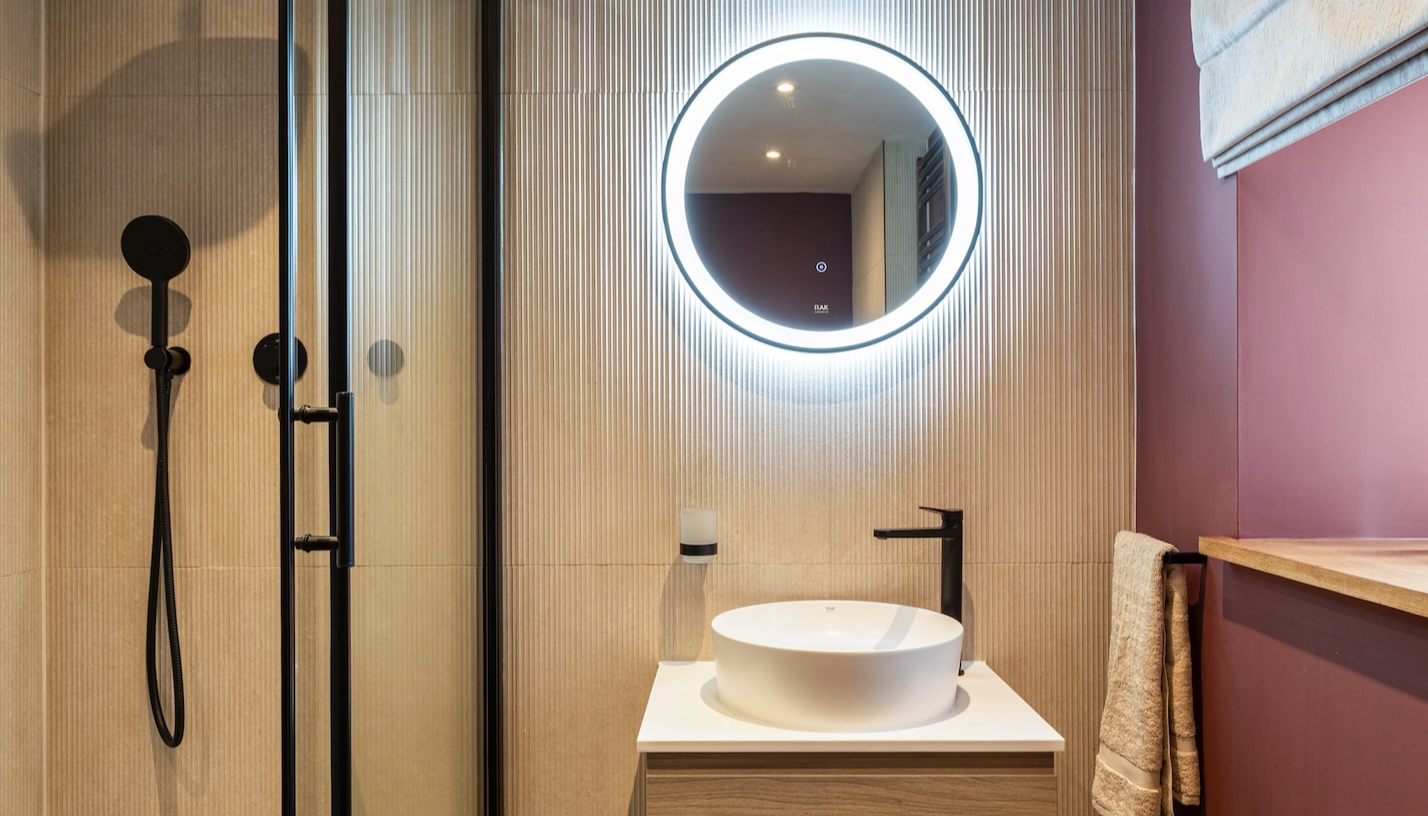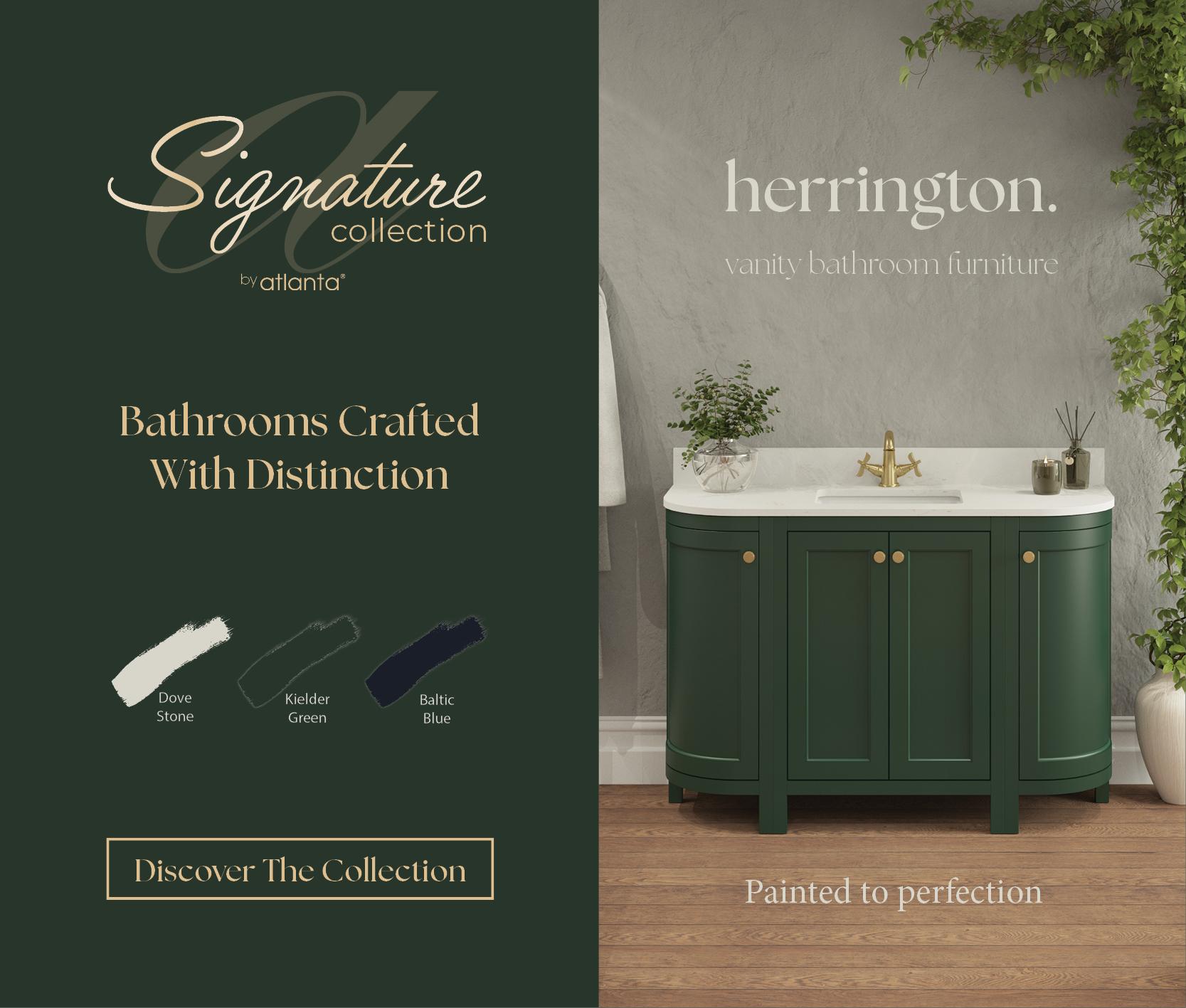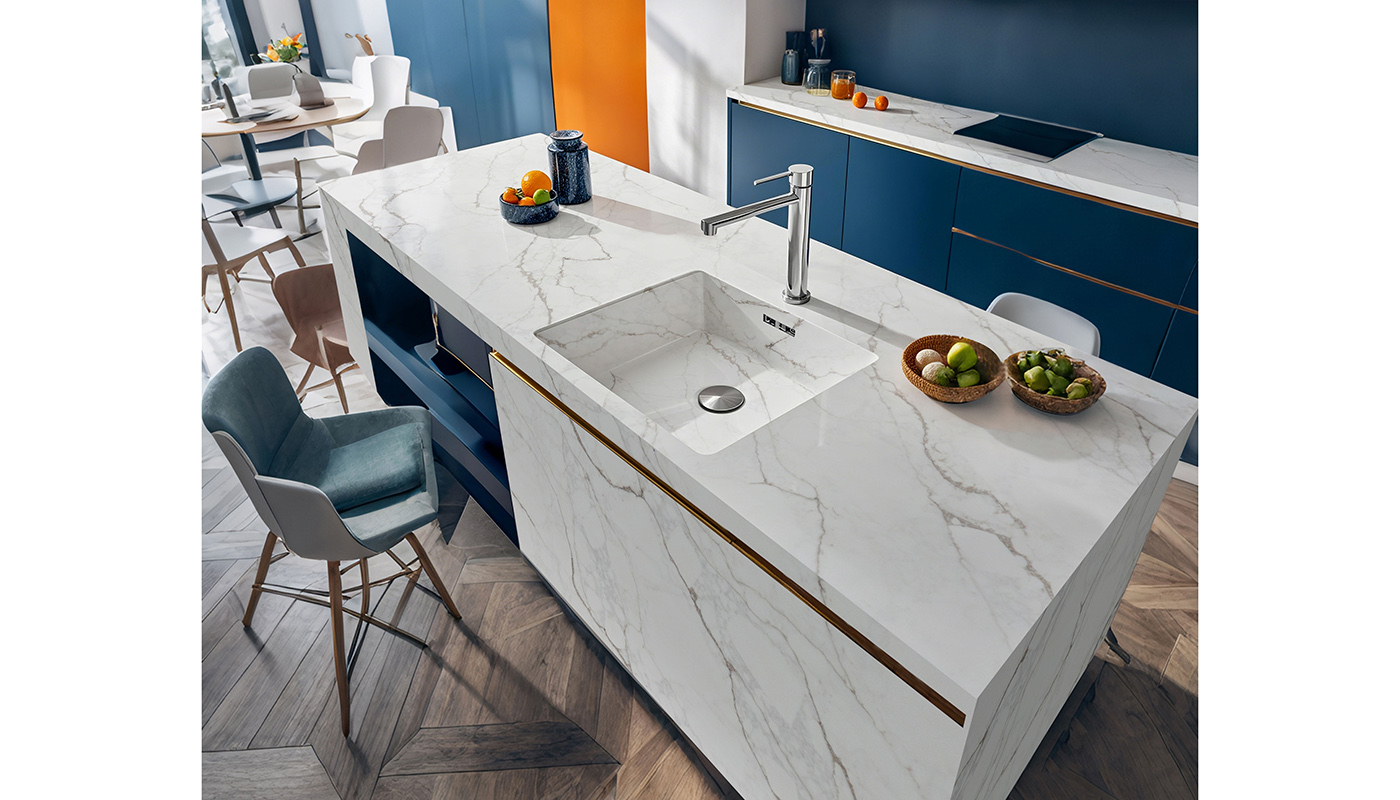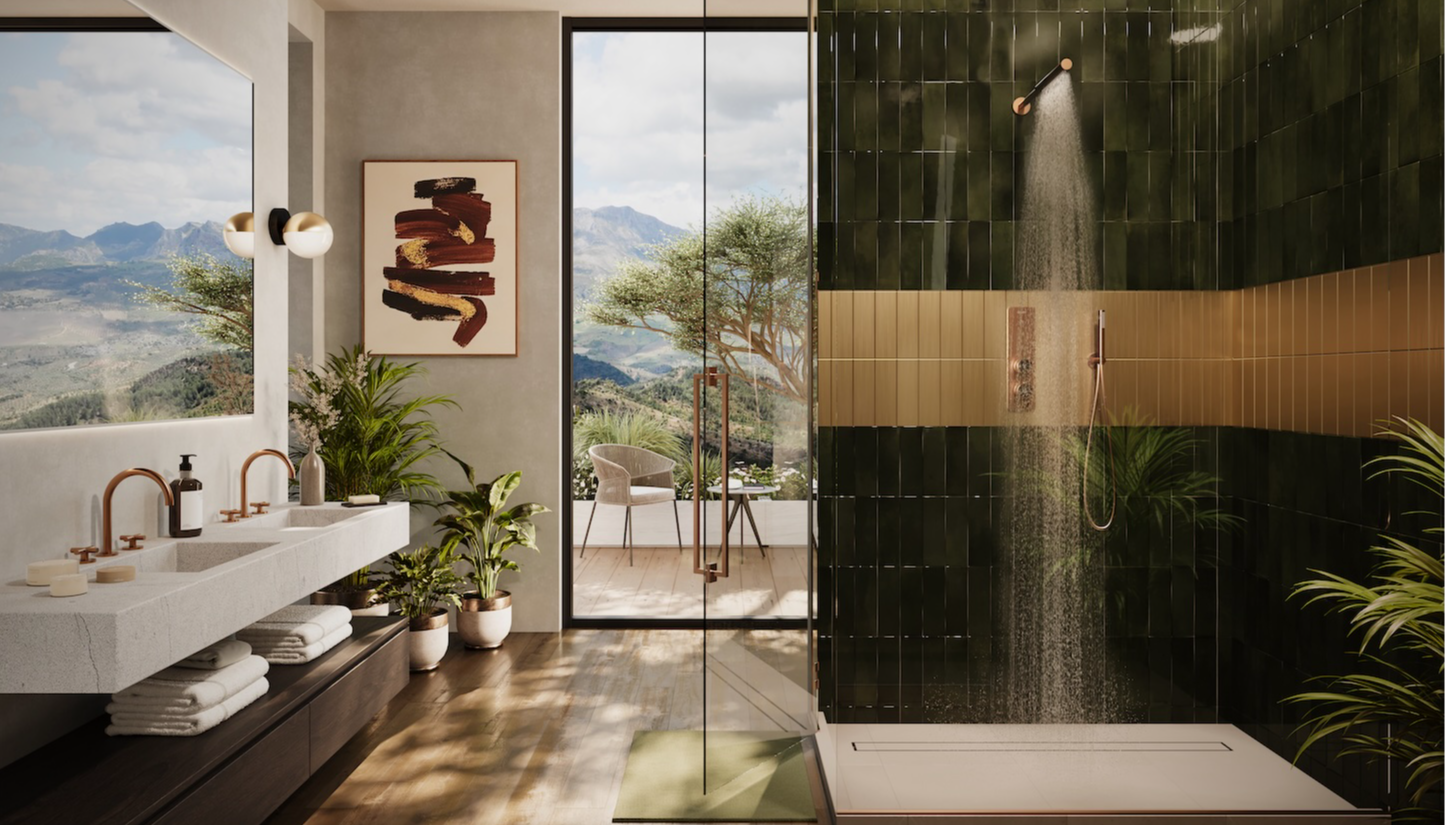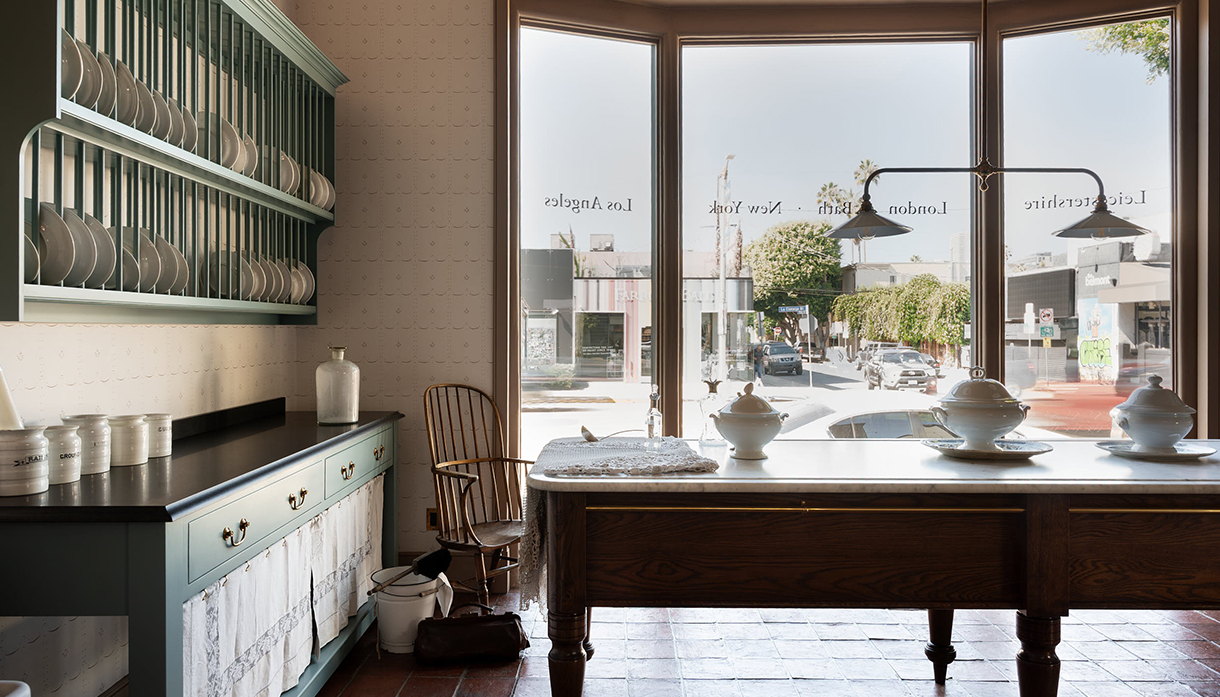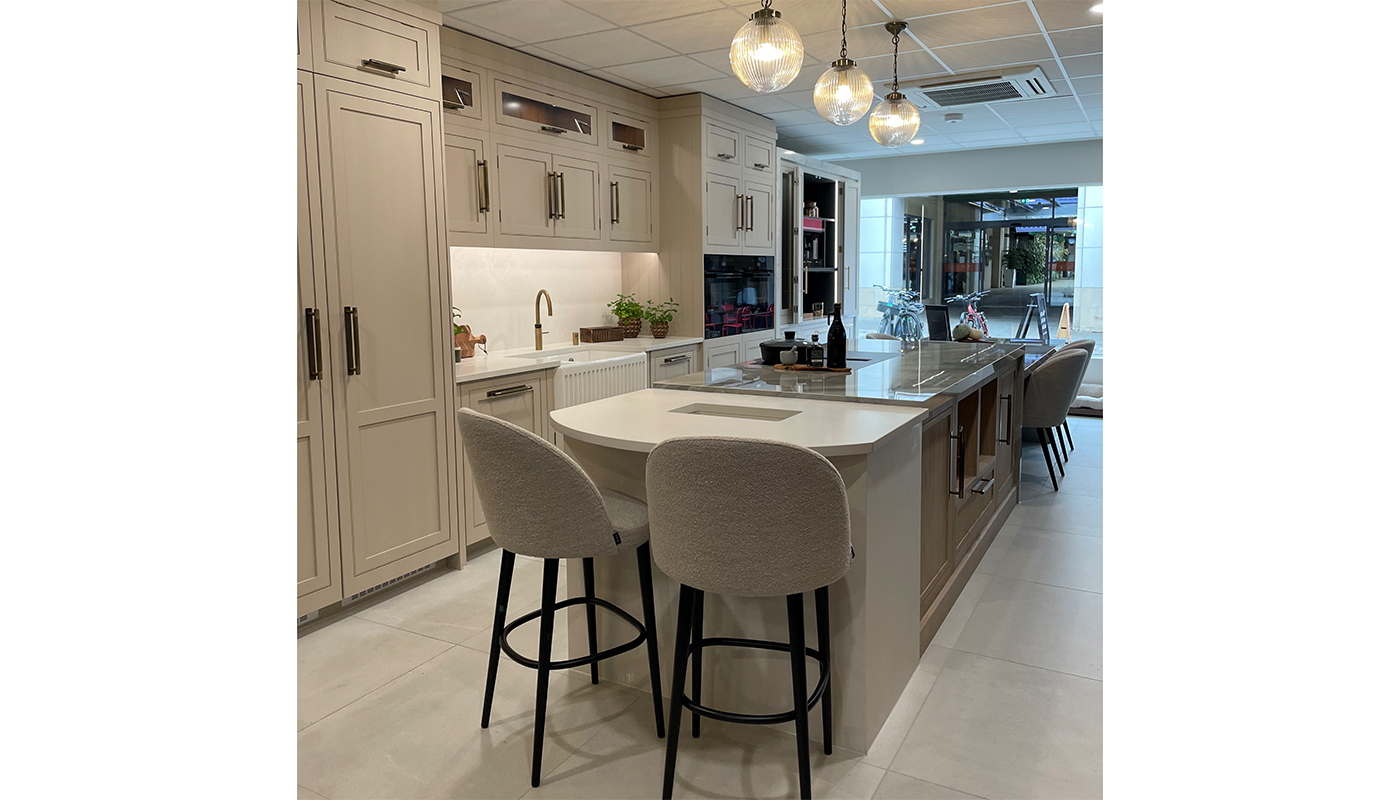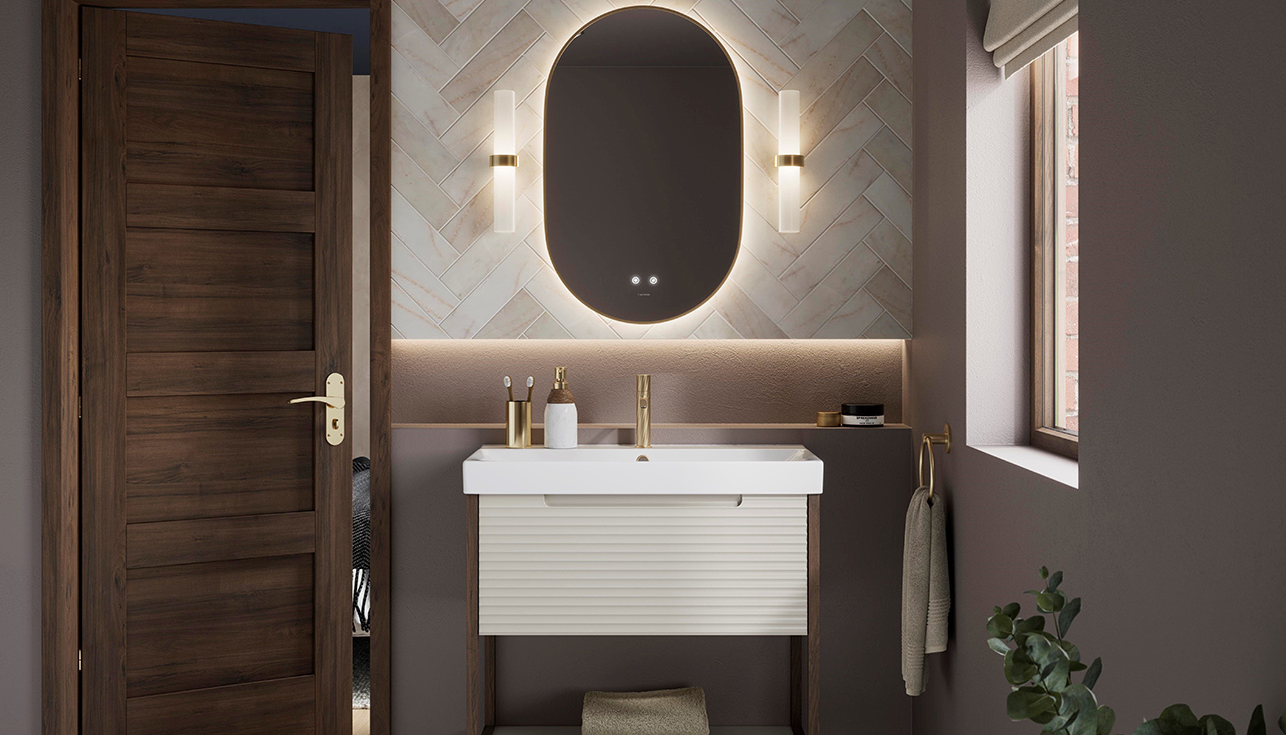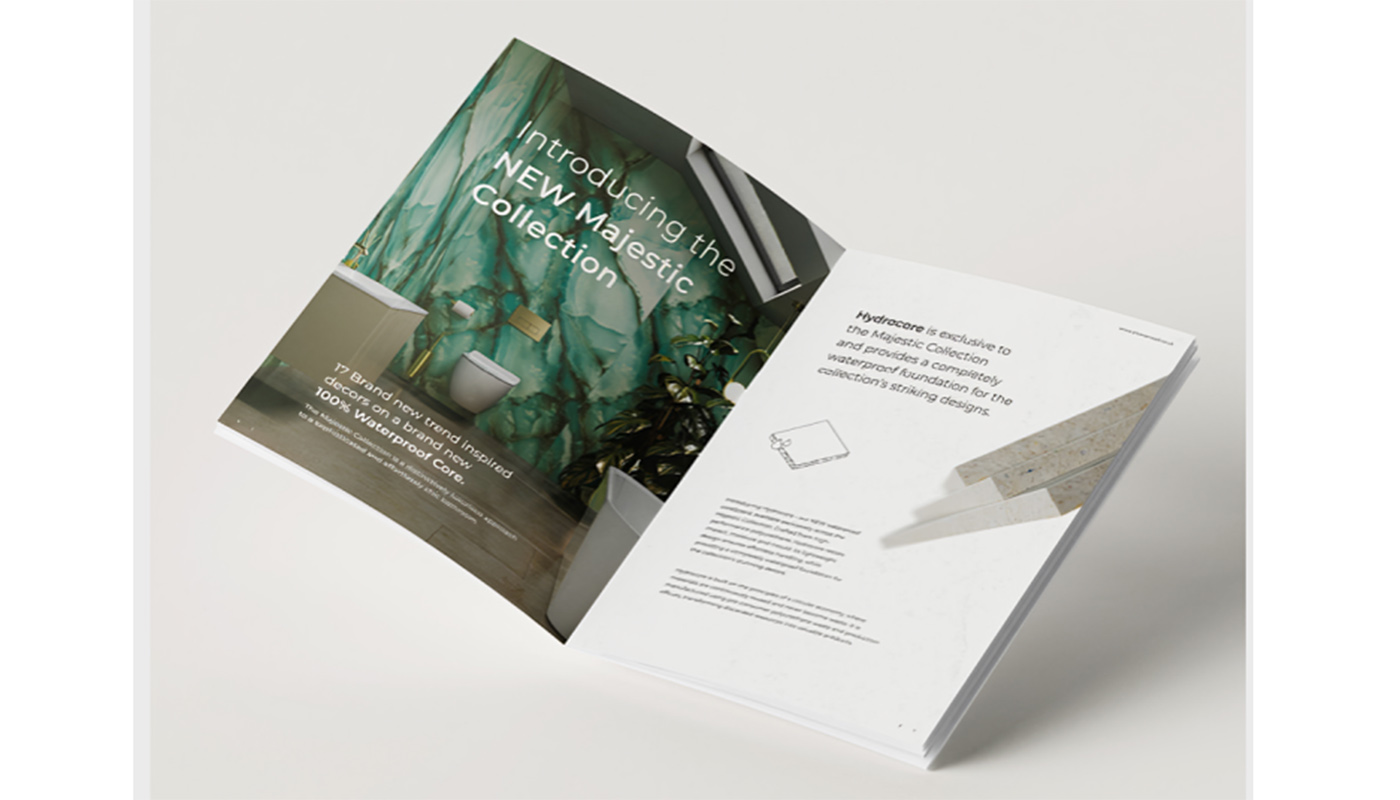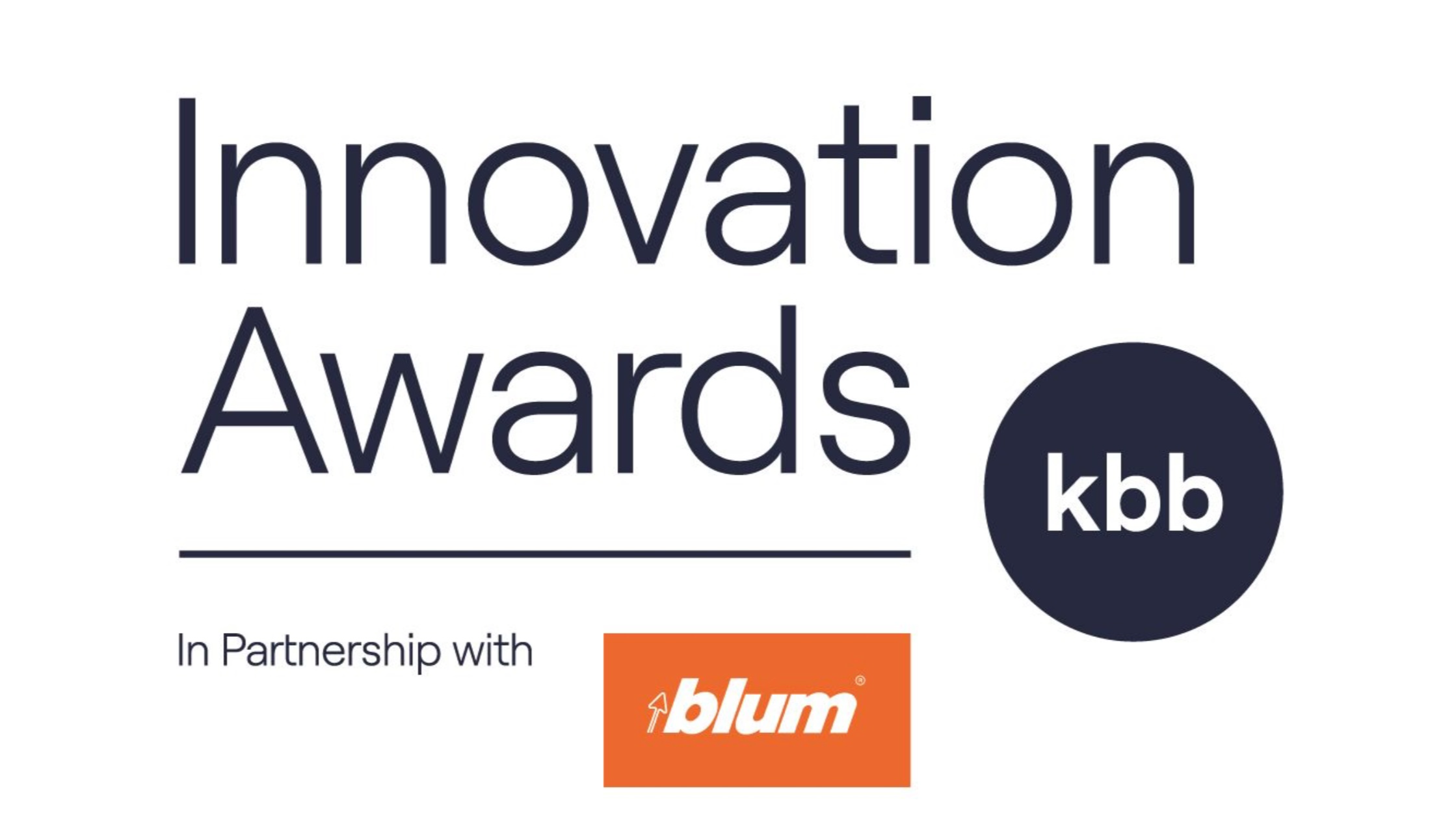More important than ever: ‘Bathroom Hygiene’ at ISH digital 2021
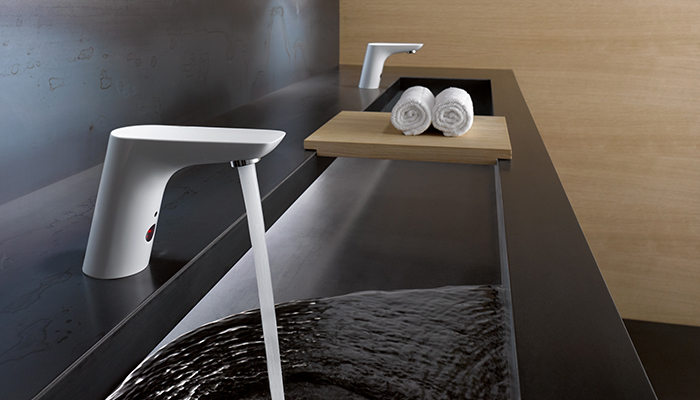
More important than ever: ‘Bathroom Hygiene’ at ISH digital 2021
Hygiene in the bathroom is in greater demand than ever before. The sanitation industry offers smart solutions catering for the ever-increasing expectations on hygiene, and at the world’s leading trade fair for water, heating and air-conditioning, a variety of solutions will be presented and discussed online from 22nd to 26th March 2021.
Bathroom hygiene is a sensitive subject at any time but especially during a pandemic. With the spread of the coronavirus throughout the world, the focus has shifted so much towards bathroom cleanliness that the hygienic qualities of sanitation products are now a topic of great importance, not only for consumers wanting to modernise their homes but also for architects and project planners working on public buildings.
The hygienic properties of sanitation products are important not only from the healthcare viewpoint but also due to their impact on planning requirements and with respect to sustainability. Hygienic functions are frequently linked with the digitalisation of functions in the home and are increasingly ‘invisible’ in design, i.e., in comparison with the significance attached to them, the hygiene features of sanitation products are ‘conspicuously inconspicuous’.
A variety of solutions are already available from the industry. “When it comes to hygiene, there is no need to reinvent the bathroom”, says Jens Wischmann, managing director of the German Sanitation Industry Association (VDS). “The bathroom is actually one of the cleanest rooms in any dwelling thanks to the surfaces and modern products, which are standard nowadays.”
Thanks to the latest anti-microbial technologies and surfaces, it is easy to keep washbasins, bathtubs and toilets clean and hygienic. Such products have a special surface coating that dirt and limestone cannot adhere to, enabling the water to flush away any residues more easily. Furthermore, this puts a brake on bacteria growth. Many modern toilets have a rimless flushing system that offers fewer places where bacteria or other pathogens can take hold. Another advantage is environmental friendliness when cleaning such products because they eliminate the need to use aggressive toilet cleaners.
Jens Wischmann also draws attention to sustainability: “Water-carrying bathroom products undoubtedly represent a growth market. And sustainability is already an important aspect of many hygienic sanitation products. I expect to see more new products and services from the hygiene segment at ISH digital 2021.”
The digitalisation of toilets and taps offers major benefits by minimising manual surface contact. In some cases, for example, there is a sensor behind some toilet mechanism, which enables the user to flush the toilet by simply waving a hand in front of it. Some sanitation manufacturers go a step further and offer toilets with an intelligent function that operates the flush without the user’s involvement. A system such as this has an additional advantage in that it prevents the formation of pathogens in stagnant water, e.g., when the inhabitants are on holiday or the accommodation is vacant.
In the case of many electronic toilets, it is not even necessary to touch the seat cover. Thanks to sensor control, it opens and closes the cover automatically when a user approaches. Several electronic toilets even have a Bluetooth interface and can be operated using a smartphone. Depending on the version, some even have an integrated self-cleaning function.
Another advantage of touch-free products besides improved hygiene becomes evident when cleaning washbasins and fittings: because there is no need to touch anything, no water can drop from the user’s hands onto the tap, which means less water marks and limescale on the surface of the fitting. A worthwhile addition in this connection is a touch-free soap dispenser that can be used not only for foam soap or sanitiser but also as a hygiene-foam dispenser next to the toilet. With a little hygiene foam, normal toilet paper can be turned into a wet wipe suitable for disposal in the toilet.
Many of the functions offered by modern fittings, such as the length of time the water flows, sensor sensitivity and automatic flushing for hygienic reasons, can also be set up and adjusted via a smartphone or tablet computer. Naturally, cleaning times, flushing intervals, flush duration, etc. can be set to meet individual needs, and fittings can be either mains or battery operated. In the latter case, low-energy electronics ensure a long service life without battery changes.
The ideas of the sanitation industry – ranging from a reduction in the amount of water needed for the toilet and handwashing, energy savings through a needs-based supply of hot water, less cleaning agents, touch-free functions and a long life – are not only effective and comfort-enhancing but also, above all, sustainable.
#ISHdigital21
www.ish.messefrankfurt.com
Tags: news, bathrooms, ish digital 2021, jens wischmann





